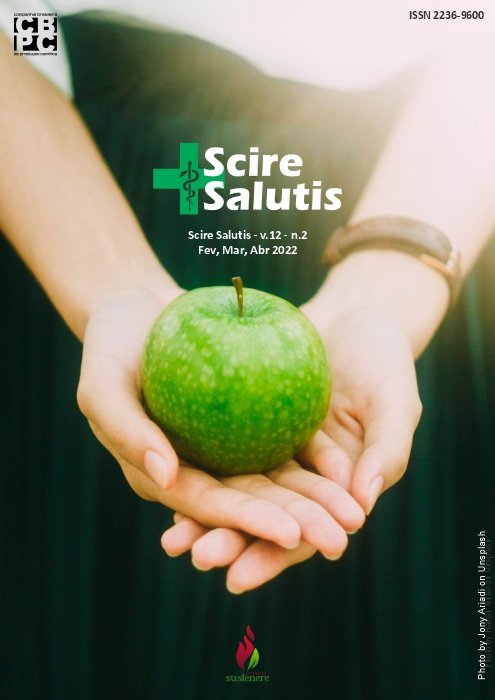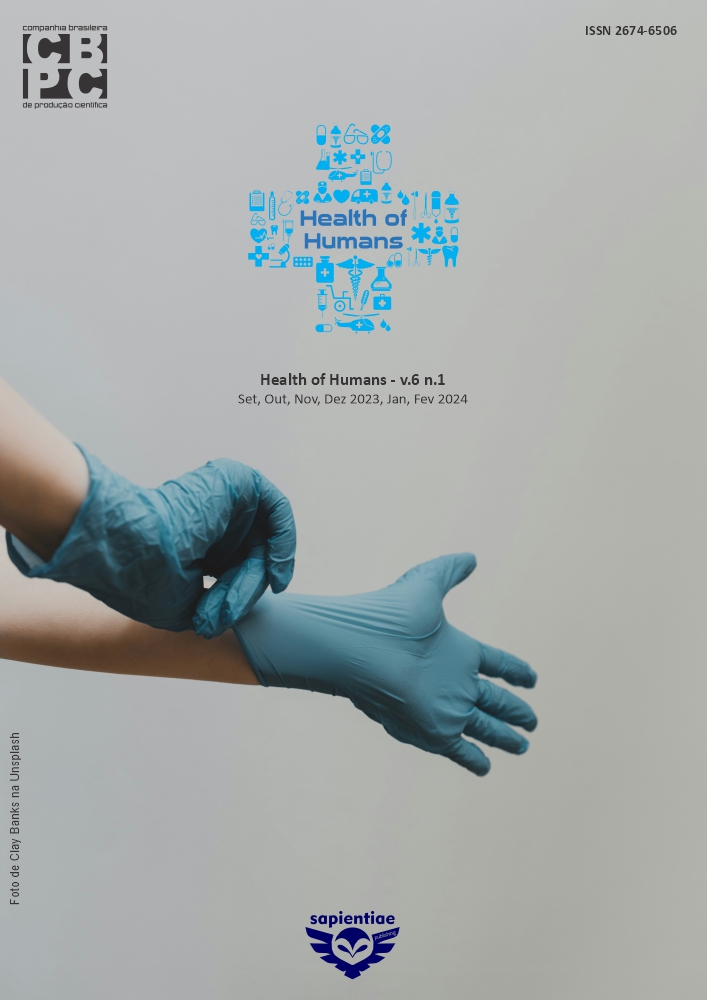The effectiveness of selective carious tissue removal and indirect pulp treatment
DOI:
https://doi.org/10.6008/CBPC2236-9600.2022.002.0031Keywords:
Caries lesions, pulp indirect, Selective removal, Calcium hydroxide, Pulp indirectAbstract
It seeks to treat the effectiveness of selective removal of decayed tissue and indirect pulp treatment, as well as important and fundamental aspects for the decision and choice of the correct treatment, as well as the materials that should be used by the dentist, taking into account the need for a conservative technique. The objective is to analyze the choice and efficacy of conservative treatment of RSTC for selective removal of carious dentin. This is an integrative literature review, the databases used are: NCBI/PubMed (National Center for BiotechnologyInformation), SciELO (Scientific Electronic Lirary Online), Google Academic and Lilacs - Bireme (Latin American and Caribbean Literature in Health Sciences). Inclusion criteria were used to delimit the contents: articles available in Portuguese and English, published from 2014 to 2021 with free access with thematic relevance. 10 articles analyzed in this review article were selected after application of the inclusion and exclusion criteria. In which they demonstrate that there is a tendency in the dental field to use conservative techniques and in order to avoid invasive procedures, because the selective removal of carious dentin, is presented as a biological and conservative alternative for the treatment of deep carious lesions in dentin in which it mainly aims to preserve maximum dental structure and pulp vitality. It was also highlighted the use of calcium hydroxide and its bactericidal effect and also the benefit of stimulation the remineralization of the remaining recido. Another commonly used material is glass ionomer cement, in addition, recent studies have shown the ability of glass ionomer cements to acquire fluoride from different sources and function as a true reservoir of this element, making it the most widely used material nowadays. It was concluded that the practice of RSTC greatly reduces the possibility of pulp exposure and the need for more invasive treatments, and when the correct sealing of the edges is performed, the success of the RSDC is achieved, preventing bacterial penetration and the progress of dental caries. Therefore, the materials mentioned by the IPC do not present a significant difference in the success rate of the treatment, and the use of materials with adequate mechanical resistance should be prioritized.
Downloads
Downloads
Published
Issue
Section
License
Copyright (c) 2022 Scire Salutis

This work is licensed under a Creative Commons Attribution-NonCommercial-NoDerivatives 4.0 International License.
The CBPC - Companhia Brasileira de Produção Científica (Brazil CNPJ: 11.221.422/0001-03) the material rights of the published works. The rights relate to the publication of the work anywhere in the world, including rights to renewals, expansions and dissemination of the contribution, as well as other subsidiary rights. All electronically published works may subsequently be published in printed collections under the coordination of this company and / or its partners. The authors preserve the copyright, but are not allowed to publish the contribution in another medium, printed or digital, in Portuguese or in translation.








